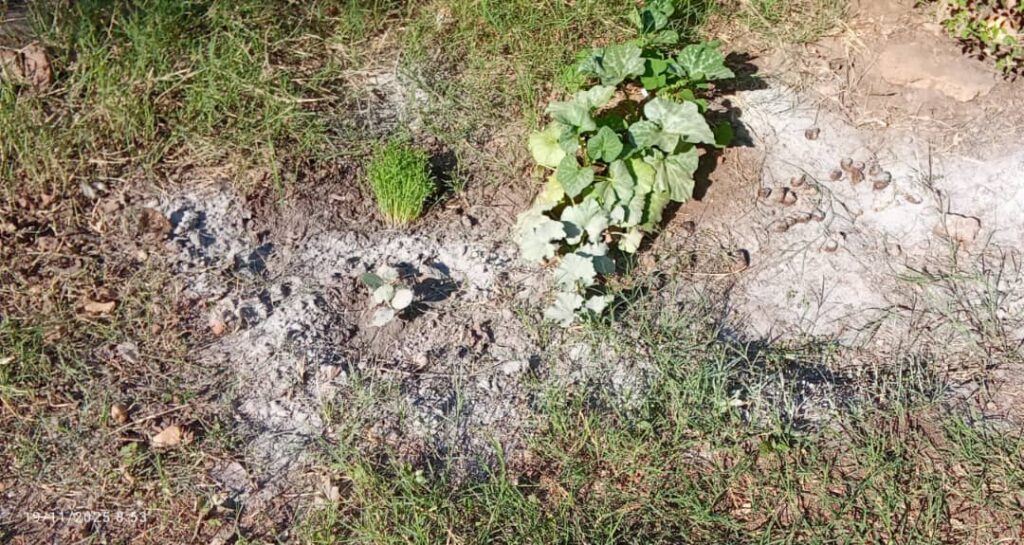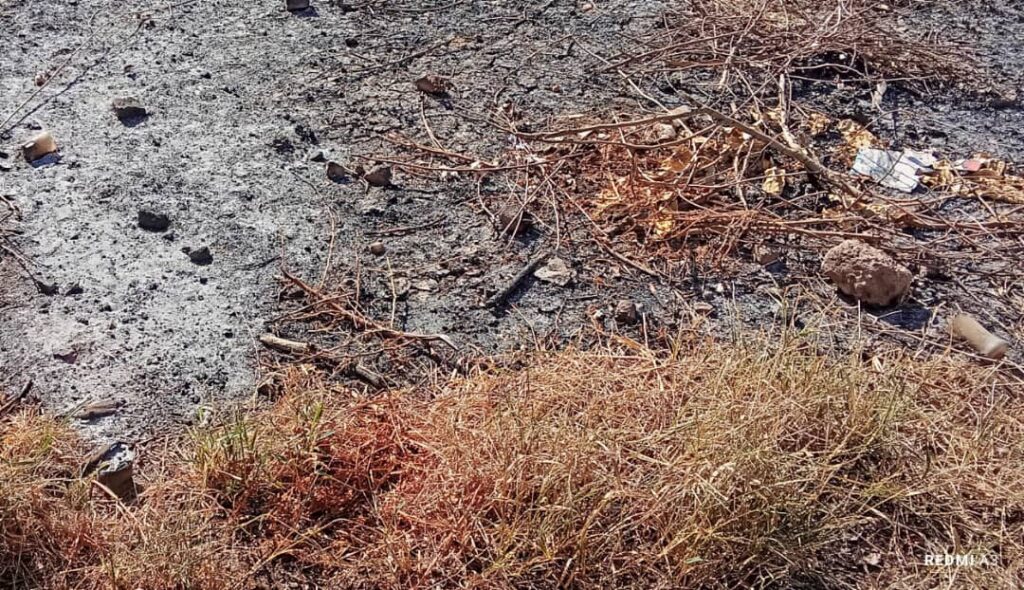The utilisation of animal dung and crop residue as a fertiliser and soil amendment is an ancient practice, dating back to antiquity. In many ancient civilizations, such as ancient Egypt and ancient China, people employed animal dung and crop residue to enhance soil quality and augment crop yields. In ancient Egypt, for instance, people used animal dung as a fertiliser for the soil, deeming it one of the finest natural fertilisers. They also utilized crop residue to improve soil quality and increase crop productivity. In ancient China, people used animal dung and crop residue as a fertiliser and soil amendment, considering it a fundamental fertiliser for enhancing soil quality and augmenting crop yields. In Sudan, the ancient Nubian civilization employed animal dung and crop residue as a fertiliser and soil amendment, regarding it as a natural fertiliser to improve soil quality and increase crop productivity. This ancient practice remains in use today in many parts of the world, where animal dung and crop residue are considered effective natural fertilisers for enhancing soil quality and augmenting crop yields.
The custom of utilising animal dung and crop residue as a fertiliser dates back to the Neolithic era, circa 10,000 years before present. In that epoch, mankind commenced agriculture and employed animal dung to ameliorate soil quality. In ancient Egypt, the utilization of animal dung as a fertiliser was prevalent since approximately 5,000 years before present, during the period of the Old Kingdom (2613-2181 BCE). In ancient China, the employment of animal dung as a fertiliser was widespread since circa 4,000 years before the Common Era, during the era of Shamanic faith (1600-1046 BCE). In Sudan, the ancient Nubian civilization utilized animal dung as a fertiliser since approximately 2,000 years before present, during the reign of the Kingdom of Kush (1070 BCE – 350 CE). This ancient practice has endured unto the present day, wherein animal dung and crop residue are esteemed as efficacious natural fertilisers for enhancing soil quality and augmenting crop yields.
Verily, animal dung and crop residue are employed as a fertiliser in diverse regions of the world, particularly in rural and agricultural areas. In Sudan, for instance, farmers utilise animal dung as a natural fertiliser to enhance soil quality and augment crop yields.
The regions wherein animal dung is utilised as a fertiliser are:
– Rural districts: where beasts are reared and their dung is used as a fertiliser for tillage.
– Agricultural regions: where animal dung is employed to ameliorate soil quality and increase crop productivity.
– Domestic gardens: where people use animal dung as a natural fertiliser to promote plant growth.


The types of animal dung used as a fertiliser are:
– Bovine dung: replete with nitrogen, phosphorus, and potassium.
– Galline dung: rich in nitrogen and phosphorus.
– Equine dung: abundant in nitrogen, phosphorus, and potassium.
– Ovine dung: endowed with nitrogen and phosphorus.
It is advisable to ensure that animal dung has been analysed and cleaned before it is used as fertiliser so that it does not damage plants or soil.
